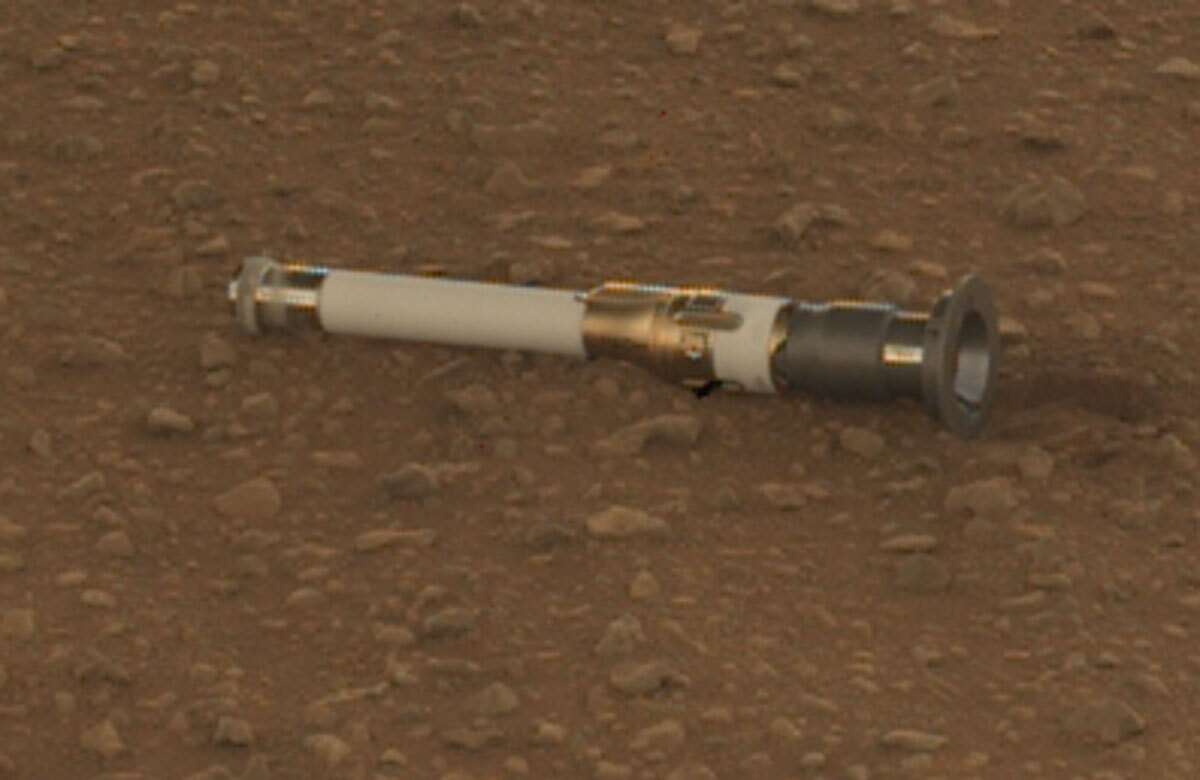- Joined
- 21 January 2015
- Messages
- 12,156
- Reaction score
- 16,369
Mars helicopter Ingenuity flew ‘farther and faster than ever’ on flight 25:
View: https://youtu.be/NWjWkbs8CUw
"The safe mode event was — catastrophic is too strong, but I mean, we did get close to losing the spacecraft," Curry said, calling the incident "incredibly serious" and "scary." And when the team wanted to be celebrating the end of the six-month mission extension campaign, the timing stung. "It was like getting the wind knocked out of you. On your birthday."
The spacecraft carries two of what engineers call inertial measurement units, or IMUs: one primary version, dubbed IMU-1, and an identical backup called IMU-2. Whichever IMU the spacecraft is using at any given time is responsible for keeping MAVEN in the right attitude, or orientation in space. (Attitude is crucial: functions like charging solar panels and communicating with Earth can't occur properly when a spacecraft loses attitude.)
After worrying IMU-1 issues cropped up in late 2017, the MAVEN team switched the spacecraft to its backup unit. But late last year, the team noticed that the IMU-2 unit was starting to, essentially, wear out much faster than expected. So in early February, the team returned the spacecraft to its original IMU-1 unit.
Two weeks later, on Feb. 22, the very day of MAVEN's mission extension presentation, the spacecraft suddenly couldn't seem to use either IMU to properly position itself.
"For different reasons, both of our [IMU]s started showing problems," Curry said. "When we went into safe mode, it was because one of them really crashed, basically, and then the other just was losing lifetime."
The slow ramp-up back to full operations also meant that MAVEN spent an extra month unable to serve as a relay satellite for the InSight lander and Curiosity and Perseverance rovers, the three NASA robots currently active on the Martian surface. Although other satellites also participate in this work, MAVEN bears one of the largest loads. So the spacecraft's three-month outage meant not just reduced science from MAVEN but reduced science from Mars overall.
"It's been really hard on all of the surface assets," Curry said. And in turn, the rescue was about more than MAVEN itself. "It wasn't just simply to make sure we saved our spacecraft. This was enabling a lot of data at Mars in general."
Although all-stellar mode can do the job for normal operations, it isn't precise enough to see MAVEN safely through its most delicate maneuvers, and the spacecraft still has precious little time left on its IMUs.
"We have to spend this summer and the next year or two coming up with very clever ways to stop using the IMU when we normally would," Curry said. "If we did nothing, we would not make it the next 10 years." (The recent mission extension sees the spacecraft through 2025, but NASA has said it wants to use MAVEN's relay capability during its planned Mars sample-return mission campaign, which is currently targeting delivery at Earth in 2033.)
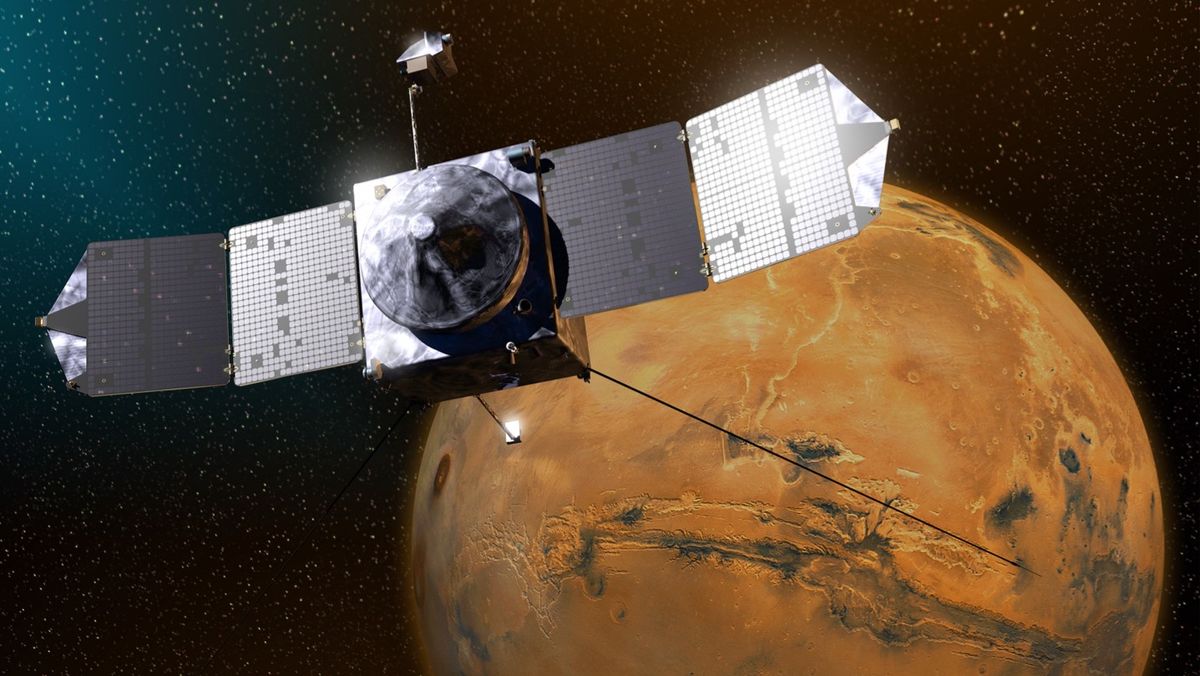
How do you choose a rock on Mars? Sometimes you don’t— it chooses you.
For the past 4 months, Perseverance has had an unexpected traveling companion. Back on sol 341— that’s over 100 sols ago, in early February— a rock found its way into the rover’s front left wheel, and since hitching a ride, it’s been transported more than 5.3 miles (8.5 km). This rock isn’t doing any damage to the wheel, but throughout its (no doubt bumpy!) journey, it has clung on and made periodic appearances in our left Hazcam images.

Perseverance and its pet wheel rock.
How do you choose a rock on Mars? Sometimes you don’t— it chooses you.
For the past 4 months, Perseverance has had an unexpected traveling companion. Back on sol 341— that’s over 100 sols ago, in early February— a rock found its way into the rover’s front left wheel, and since hitching a ride, it’s been transported more than 5.3 miles (8.5 km). This rock isn’t doing any damage to the wheel, but throughout its (no doubt bumpy!) journey, it has clung on and made periodic appearances in our left Hazcam images.

Perseverance Has a Pet Rock! - NASA Science
How do you choose a rock on Mars? Sometimes you don’t— it chooses you.mars.nasa.gov
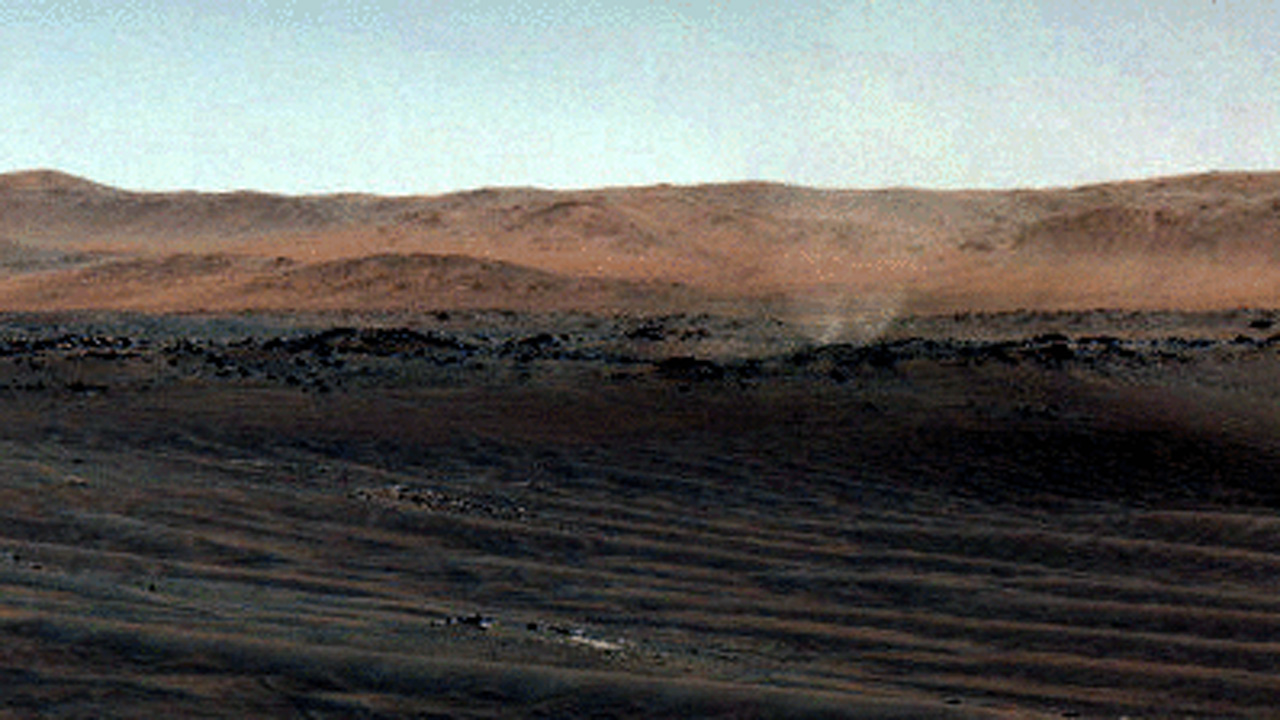

 arstechnica.com
arstechnica.com
Ingenuity, NASA’s autonomous Mars helicopter, was only meant to complete five flights. But since its history-making first flight in April 2021, the helicopter has flown 28 times, and preparation is underway for the 29th. Depending on dust levels and the schedule of the rover Perseverance, that flight could take place as soon as later this week. But now Ingenuity faces a new challenge: It’s unclear if the helicopter will survive the coming Martian winter, which begins in July.

NASA’s plan to get Ingenuity through the Martian winter
NASA engineers are trying to overcome colder nights and frequent dust storms.arstechnica.com
NASA’s plan to get Ingenuity through the Martian winter
NASA engineers are trying to overcome colder nights and frequent dust storms.
Ingenuity, NASA’s autonomous Mars helicopter, was only meant to complete five flights. But since its history-making first flight in April 2021, the helicopter has flown 28 times, and preparation is underway for the 29th. Depending on dust levels and the schedule of the rover Perseverance, that flight could take place as soon as later this week. But now Ingenuity faces a new challenge: It’s unclear if the helicopter will survive the coming Martian winter, which begins in July.
The #MarsHelicopter successfully completed Flight 29 over the weekend, its first since the start of winter operations at the end of April. On this 66.6-second flight, Ingenuity traveled at 5.5 m/s for 179 m.
How the team has adapted to recent challenges: https://mars.nasa.gov/technology/he...ense-of-direction-dealing-with-a-dead-sensor/
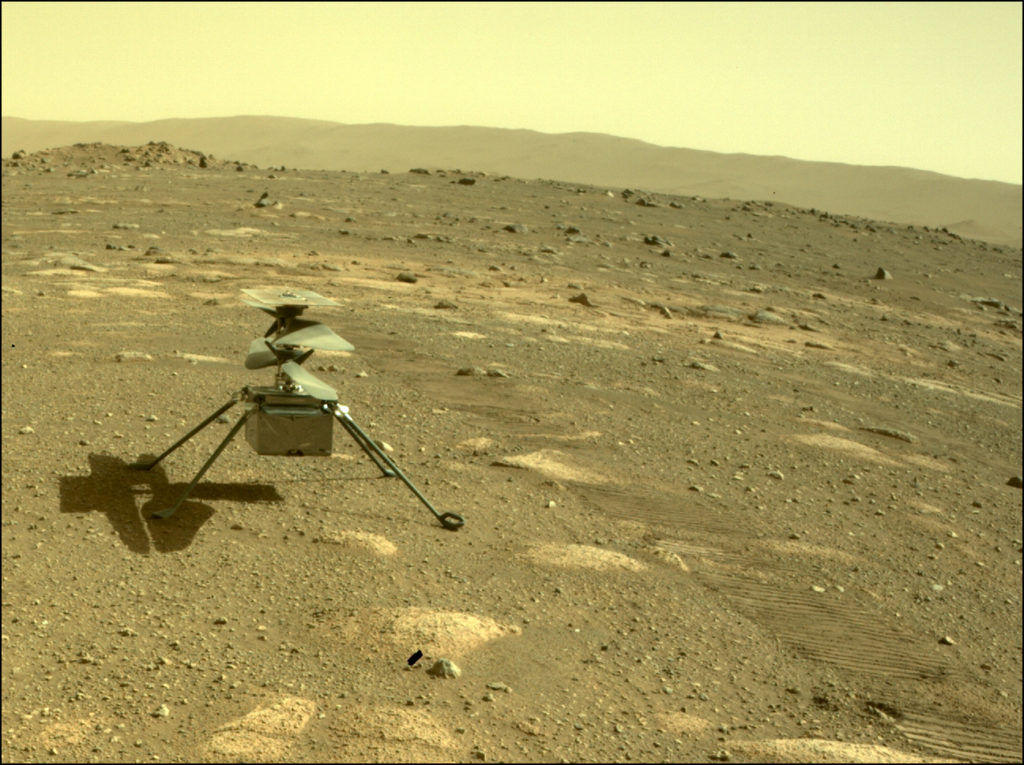
The sample return mission is ditching the rover and adding TWO helicopters.

NASA to launch 2 more mini helicopters to Mars to help return rock samples to Earth
NASA's Perseverance rover has been collecting samples and will transport them to the rocket that will launch them off the red planet a decade from now.www.pbs.org
Excellent, I like the idea that NASA have gone for helicopters instead of another rover for the Mars sample return mission after the success of Ingenuity over the past year, I wonder would the new helicopters be bigger and heavier than Ingenuity?
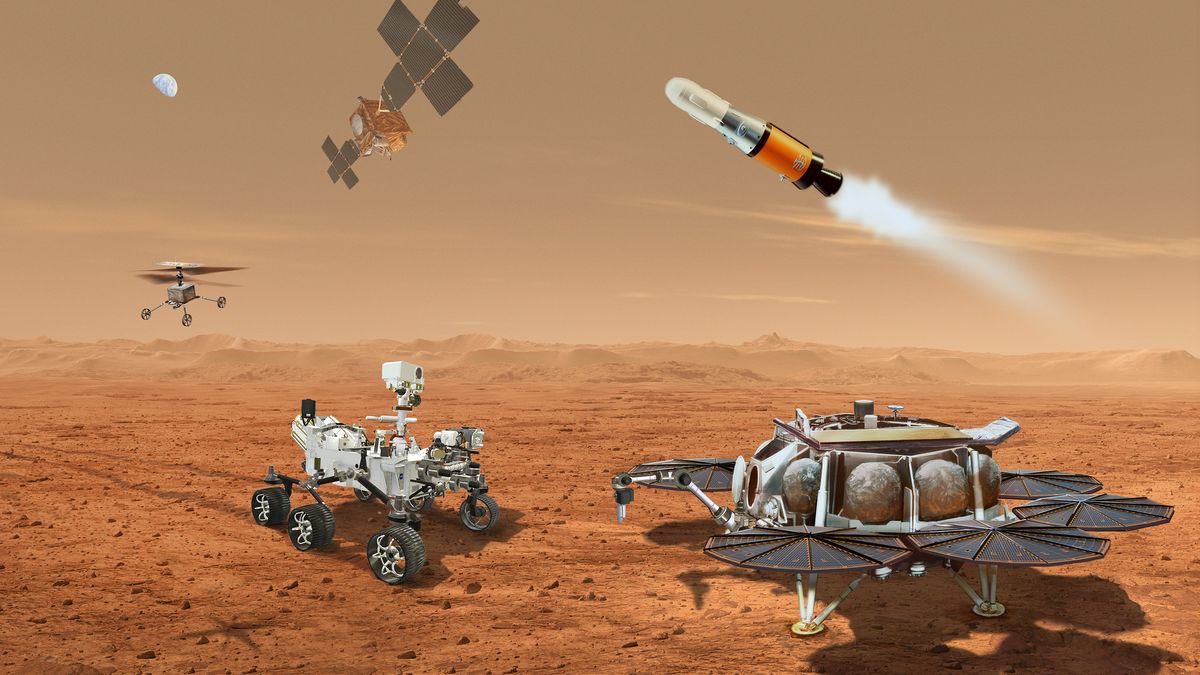
The helicopters will be similar to Ingenuity in terms of size and mass, but with two key differences, NASA MSR program manager Richard Cook told reporters during a briefing today.
"There will be landing legs that include, at the bottom of them, mobility wheels," Cook explained, saying this new capability will allow the helicopters to "traverse across the surface." A mini robotic-arm on each of the craft will allow the drones to pick up the sample tubes Perseverance leaves behind, if need be.
What would be neat is if they made another large rover, with a bigger RTG, that could act as a base station/charging station for a small group of helicopters.
The #MarsHelicopter is back in flight! After a two-month hiatus, the rotorcraft did a short hop over the weekend so the team can check its vitals and knock some dust off the solar panel.
Learn more about why the team wanted a simple Flight 30: https://mars.nasa.gov/technology/he...ngenuity-team-spun-up-for-upcoming-flight-30/
Its 30th flight on Mars after a two month break in operations.
View: https://twitter.com/nasajpl/status/1561853057423405056
The #MarsHelicopter is back in flight! After a two-month hiatus, the rotorcraft did a short hop over the weekend so the team can check its vitals and knock some dust off the solar panel.
Learn more about why the team wanted a simple Flight 30: https://mars.nasa.gov/technology/he...ngenuity-team-spun-up-for-upcoming-flight-30/

BLOG | August 31, 2022
A Day Full of MOXIE
Written by Michael Hecht, Mars Oxygen In-Situ Resource Utilization Experiment (MOXIE) Principal Investigator at Massachusetts Institute of Technology
Today, we published our first peer-reviewed, post-landing paper on MOXIE, detailing the seven oxygen generation runs we completed during Perseverance’s first year on Mars. We’ve made considerable progress since those first seven runs, completing run #11 this past weekend – and it turned out to be the most productive MOXIE run to date!
This is the peak of the Martian winter, when cold nights and relatively high atmospheric pressures conspire to produce the highest air density of the year. The denser the air, the more CO2 MOXIE has to work with, and the more oxygen it can make. We’re always extremely cautious about designing runs for the irreplaceable flight model on Mars, but we pushed the envelope a little this time to briefly produce oxygen at a rate of nearly 10.5 grams per hour. If you were to double that, a human being could survive on it – it’s not a lot, but a record for us.
We have a long way to go before being able to make the 2 to 3 kilograms per hour that will be needed to make the tens of tons of propellant to lift a human crew of four to six astronauts off the surface of Mars and into orbit – the main goal of future oxygen generation technology to succeed MOXIE. But that will require 25 kilowatts of power, and Perseverance only gives us 100 watts, so we’re doing fine. And we’re learning how to make the next MOXIE a lot more power efficient. Right now, we only use about 10% of our power to generate oxygen. The rest goes to running the compressor that collects the air, to our electronics, and to making up for heat loss from our 800 degrees Celsius electrolysis unit through the wires and tubes.
In a full-scale version, we expect to use more like 90% of the power through a few simple changes, like running the compressor at lower pressure and designing a more efficient oven. I’d love to help build that unit, but one step at a time…

We had liftoff!
#MarsHelicopter completed a successful Flight 31 on September 6. Ingenuity flew 318 ft (97 m) west towards the Jezero river delta, in 55.6 seconds.
Max Altitude: 33 ft (10 m)
Distance: 319 ft (97.2 m)
More: https://go.nasa.gov/3BmhGib
NASA’s Perseverance Mars Rover has arrived at an ancient delta in Jezero Crater, one of the best places on the Red Planet to search for potential signs of ancient life. The delta is an area where scientists surmise that a river once flowed billions of years ago into a lake and deposited sediments in a fan shape.
Rachel Kronyak, a member of the Perseverance science operations team, guides the viewer through this Martian panorama and its intriguing sedimentary rocks. It’s the most detailed view ever returned from the Martian surface, consisting of 2.5 billion pixels and generated from 1,118 individual Mastcam-Z images. Those images were acquired on June 12, 13, 16, 17, and 20, 2022 (the 466th, 467th, 470th, 471st, and 474th Martian day, or sol, of Perseverance’s mission).
In this panorama, an area called Hogwallow Flats is visible, as is Skinner Ridge, where two rock core samples were taken.
The color enhancement in this image improves the visual contrast and accentuates color differences. This makes it easier for the science team to use their everyday experience to interpret the landscape.
For more information on the Perseverance rover, visit https://mars.nasa.gov/perseverance.
Credit: NASA/JPL-Caltech/ASU/MSSS
3) Perseverance will then continue exploring up the delta toward the crater rim for about a year. Hope to continue exploring beyond the rim.
I think it’s usual a Martian year.3) Perseverance will then continue exploring up the delta toward the crater rim for about a year. Hope to continue exploring beyond the rim.
Is that a Martian year or an Earth year? I sometimes get confused when NASA talks about a year on NASA TV.
View: https://twitter.com/nasajpl/status/1573058198738989056The #MarsHelicopter completed Flight 32 over the weekend! The 55.3-second flight covered 93.74m at a max speed of 4.75 meters per second. Full details on the flight log: https://mars.nasa.gov/technology/helicopter/#Flight-Log
Can you spot the two hints of Ingenuity in this image?
#MarsHelicopter update!
The rotorcraft is scheduled to take Flight 33 no earlier than Sept. 24. Its goal is to reposition itself, traveling west 111 meters with a max altitude of 10 meters. https://mars.nasa.gov/technology/helicopter/status/407/flight-33-preview-by-the-numbers/
See Mars Helicopter Ingenuity soar for 33rd and 32nd time in timelapses:
View: https://youtu.be/73y5Maf_8h0

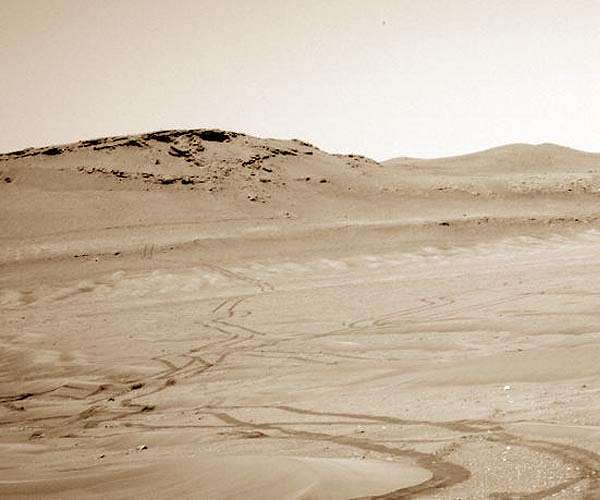
Perseverance, which is exploring Jezero Crater on Mars, collected its 13th drilled-out rock core in recent days, according to NASA's Jet Propulsion Laboratory (JPL) in Southern California, which manages the car-sized robot's mission.
"A beautiful site for collecting lucky rock core #13! Currently nerding out over this fine-grained sample, and aiming to get another like it from this area. #SamplingMars," JPL officials said via Twitter(opens in new tab) on Tuesday (Oct. 4), in a post that also featured photos of the newly collected sample.

Perseverance, which is exploring Jezero Crater on Mars, collected its 13th drilled-out rock core in recent days, according to NASA's Jet Propulsion Laboratory (JPL) in Southern California, which manages the car-sized robot's mission.
"A beautiful site for collecting lucky rock core #13! Currently nerding out over this fine-grained sample, and aiming to get another like it from this area. #SamplingMars," JPL officials said via Twitter(opens in new tab) on Tuesday (Oct. 4), in a post that also featured photos of the newly collected sample.
Perseverance Mars rover picks up 'lucky' 13th rock sample for return to Earth
The sample, and dozens more like it, could come to Earth as early as 2033.www.space.com
The #MarsHelicopter completes the shortest flight in Martian aviation history!
Ingenuity conducted a short hover for Flight 34, popping up 16 ft (5 meters) for 18 seconds. This flight tested out the capabilities of a major software update.
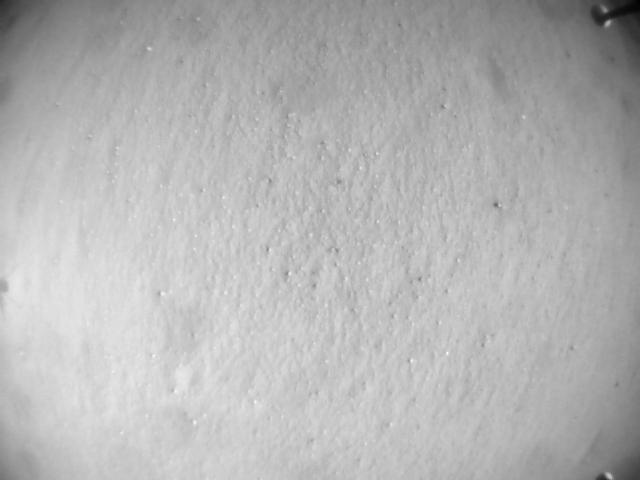
STATUS UPDATES | November 23, 2022
Flight 34 Was Short But Significant
Written by Joshua Anderson, Ingenuity Mars Helicopter Operations Lead at NASA's Jet Propulsion Laboratory
Compared to some of the other flights this past year, Flight 34 might not stand out. Even shorter than Ingenuity’s first flight, yesterday’s successful 18-second flight simply popped up to a little over 16 feet (5 meters), hovered, then landed. Despite the flight’s simple nature, the team is very excited because of what it means for the future of Ingenuity.
Over the past few weeks, the operations team has been at work installing a major software update aboard the helicopter. This update provides Ingenuity two major new capabilities: hazard avoidance when landing and the use of digital elevation maps to help navigate.
Ingenuity was developed as a technology demonstration and designed to operate on Mars in flat, smooth terrain like that at Wright Brothers Field. As Ingenuity moved on to exploring Jezero Crater alongside the Perseverance rover, we traveled through more challenging terrain than the team had ever anticipated.
In prior flights, Ingenuity’s pilots have needed to find airfields free of any rocks or other obstacles that could potentially damage the vehicle when landing. Jezero Crater is a rocky place, so safe airfields have been tough to find! Using Ingenuity’s downward-facing navigation camera, this software update adds hazard avoidance on landing. While in flight, Ingenuity will identify the safest visible landing site. When preparing to land, Ingenuity will then divert over to this selected site. This capability allows Ingenuity to safely land in rockier terrain than before, providing our pilots with many more potential landing sites.
Ingenuity’s navigation software was designed to assume the vehicle was flying over flat terrain. When the helicopter is flying over terrain like hills, this flat-ground assumption causes Ingenuity’s navigation software to think the vehicle is veering, causing Ingenuity to start actually veering in an attempt to counter the error. Over long flights, navigation errors caused by rough terrain must be accounted for, requiring the team to select large airfields. This new software update corrects this flat-ground assumption by using digital elevation maps of Jezero Crater to help the navigation software distinguish between changes in terrain and vehicle movement. This increases Ingenuity’s accuracy, allowing the pilots to target smaller airfields going forward.
Flight 34 may not seem like much, but it was Ingenuity’s first with this software update. The team will use results from this simple flight to start testing these new capabilities, ensuring that everything works as expected on the surface of Mars. The update brings out new functionality in Ingenuity, making it a far more capable vehicle and effective scout for Perseverance. We’re all excited to see where this update will allow us to take Ingenuity’s journey next!
On the other hand, new software updates tend to be a bit like UXBs at times...
An all-time high for the #MarsHelicopter!
Ingenuity completed Flight 35 over the weekend and set a new max altitude record, hitting 46 ft (14 meters) above the Martian surface. See more stats in the flight log: https://mars.nasa.gov/technology/helicopter/
View: https://twitter.com/nasajpl/status/1600162414842228736
An all-time high for the #MarsHelicopter!
Ingenuity completed Flight 35 over the weekend and set a new max altitude record, hitting 46 ft (14 meters) above the Martian surface. See more stats in the flight log: https://mars.nasa.gov/technology/helicopter/
Not one to brag, but this is pretty momentous. By dropping this one tube to the ground, I’ve officially started setting aside samples that Mars Sample Return could bring back to Earth someday.
Learn more:
